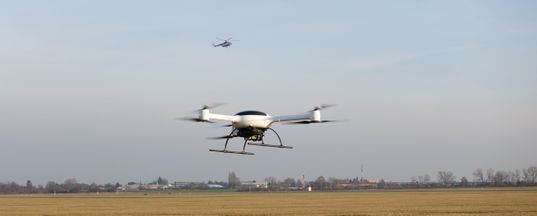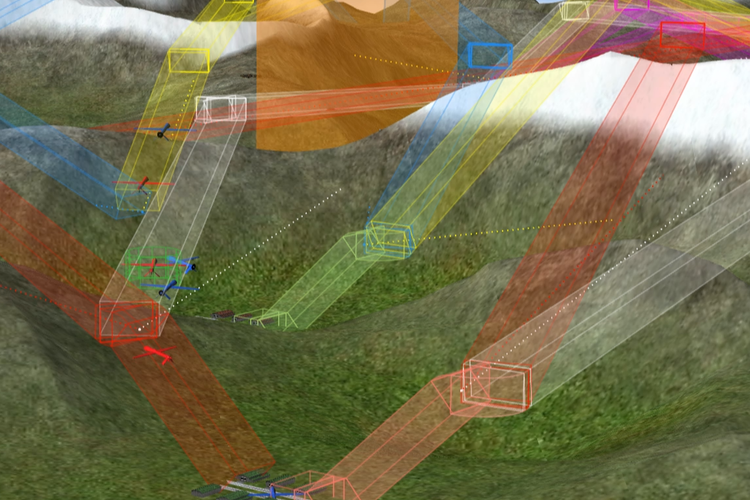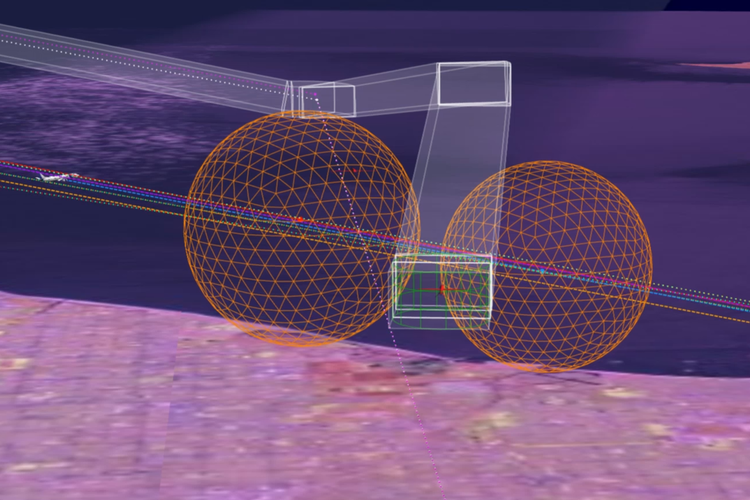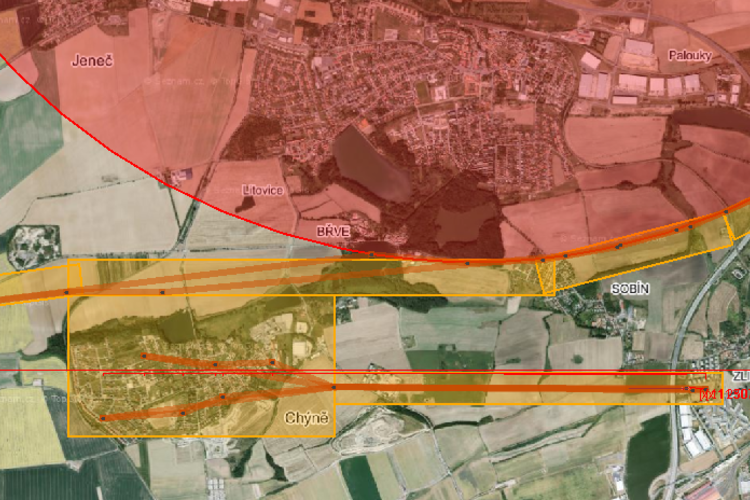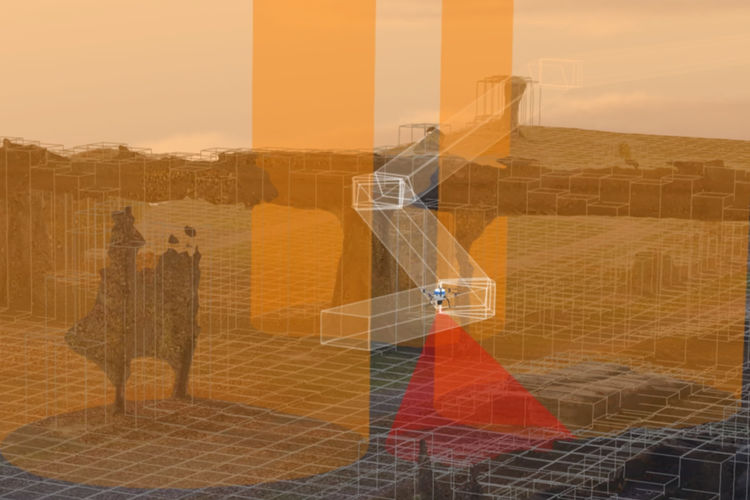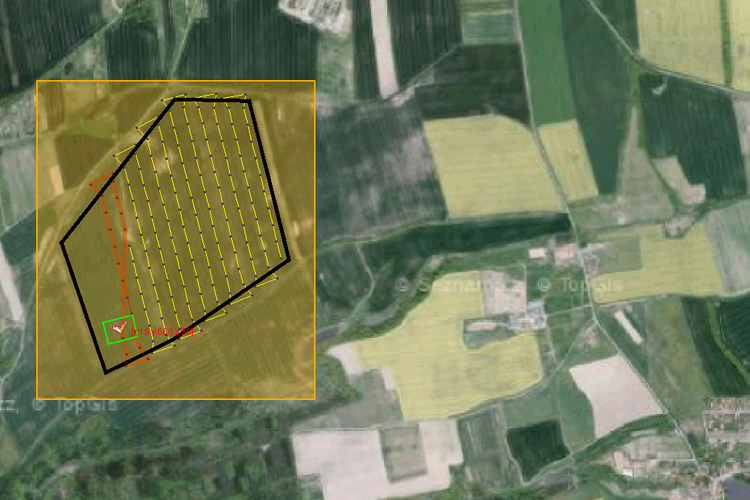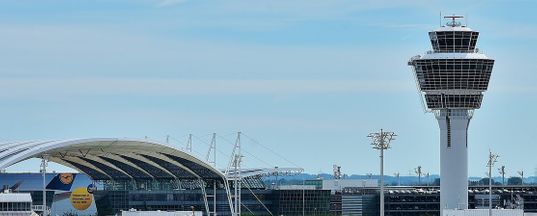Number of UAS operating in a shared airspace is expected to grow rapidly in following years. One of the key driving factors for their seamless integration is that it shall not cause any negative impact on existing ATM systems. This is especially critical for Beyond Visual Line of Sight (BVLOS) operations, where pilot does not have any visual contact with UAS. In these cases advanced software and hardware solutions for safe operation are required.
We offer advanced software tools and algorithms for UAS operators, regulators and service providers:
- Trajectory planning in 4D
- Geofencing
- Avoidance of NFZ and other traffic for operation safety
- Simulation of manned and unmanned traffic for fast verification
- Integration of data from regulators, authorities, ANSP etc. for situational awareness
How can it help:
- Study various aspects of DAA systems
- Designing and verifying cooperative and non-cooperative conflict detection and resolution algorithms
- Design and evaluate PIC’s displays for displaying conflicting traffic and suggesting avoidance maneuvers
- Designing and verification of interactions among individual stakeholders
- Study of communication issues
UTM for VLL
For Very Low Level (VLL) operations below 500 ft, NASA developed a concept of Unmanned Traffic Management (UTM) that covers both VLOS and BVLOS operations without the Air Traffic Control (ATC). This concept foresees a network of UAS service suppliers (USS) that would collect data from local authorities, weather stations or ANSPs to provide them to UAS operators together with mission constraints, operation boundaries, performance requirements, information about terrain and other traffic etc.
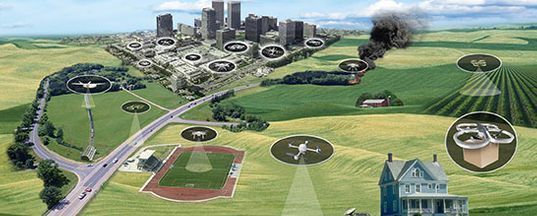
Major issues of UAS integration:
- Deployment of Detect and avoid (DAA) technology to safely avoid other aircraft
- Obstacle and terrain avoidance in environments of various complexity
- Operation in GNSS degraded environments, e.g. in urban areas
- Geofencing
- Interaction of operators and regulatory authorities
- UAS contingency procedures
Within NASA UTM concept we provide functionalities for both the UAS operators and the USS.
For UAS operators:
- Trajectory planning to avoid terrain, obstacles, no-fly zones and other traffic
- Mission planning for special tasks such as area coverage, perimeter monitoring, cargo delivery, target tracking etc.
- Aggregation of various data feeds (NOTAMs, terrain, weather)
For UAS service suppliers (USS):
- Simulation of traffic for design and verification of interaction methods with other entities (other USS, data providers, UAS operators, ANSPs, etc.)
- Simulation of UAS communication inaccessibility
- Workload prediction of USS operators
Major issues with UAS integration into these airspace classes:
- Interaction between ATCo and Pilot-in-command (PIC)
- Quality of Data Link
- Contingency procedures
We provide advanced modeling and simulation tools to help:
- Design proper interaction protocols between ATCo and PIC
- Study ATCo’s workload and effect of communication delays
- Adjust ATM system parameters
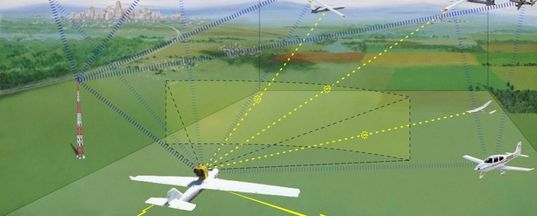
b. Airspace classes D-G
Air traffic is a mix of IFR and VFR flights, different air traffic services may be provided in different areas, ATC is no longer necessarily responsible for separation.
Major issues with UAS integration into these airspace classes:
- Detect and avoid (DAA) of other air traffic (both manned and unmanned)
- Advertising of the UAS presence to the other air traffic participants
Our modeling and simulation tools can help:
- Study various aspects of DAA systems
- Provide encounter models
- Design and verify cooperative and non-cooperative conflict detection and resolution algorithms
- Design and evaluate PIC’s displays for displaying conflicting traffic and suggesting avoidance maneuvers to remain well clear
UTM AgentFly | Video


